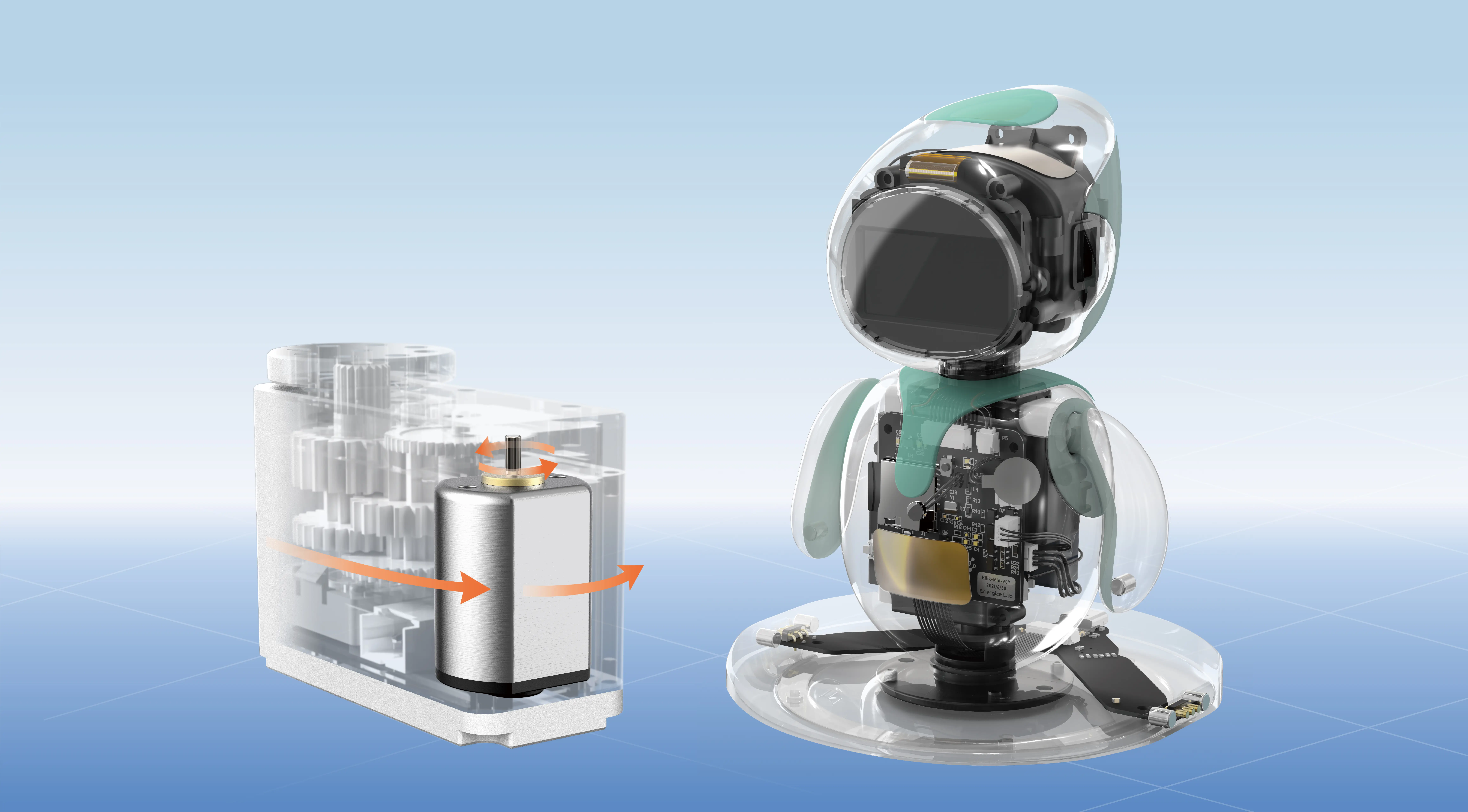Ever been stuck trying to crack the code of Spring Boot microservices interview questions? Yeah, it’s one of those topics that feels like a rabbit hole—once you start digging, there’s so much to catch up with. But honestly, understanding the core principles isn’t just about passing interviews. It’s about getting a grip on how flexible, scalable, and efficient modern backend systems can be. And that’s where a good grasp of these questions helps you stand out, not just survive the interview, but also build better applications.

Let’s talk about what makes Spring Boot microservices tick. Imagine a big, clunky monolith suddenly broken into smaller, more manageable pieces. That’s pretty much what microservices are—tiny, focused services that work together but can be developed, deployed, and scaled independently. And Spring Boot? It’s like the Swiss Army knife for making that happen. With its auto-configuration, embedded servers, and starter dependencies, you can whip up a microservice in no time.
Now, if I had to pick some recurring interview questions floating around, here’s what they’d look like: How does Spring Boot facilitate microservice architecture? What is the role of Spring Cloud? How do you handle inter-service communication? What about data management—do you go for shared databases or decentralized data storage? And let’s not forget the hurdles: how do you deal with service discovery, load balancing, fault tolerance, and circuit breakers? Facing these questions, the key isn’t just knowing the technical answers but understanding how all these pieces fit together.
Thinking about service discovery, for example. No more hardcoded URLs in your code. Tools like Eureka or Consul step in to register services dynamically. When a service wants to call another, it just asks the registry—think of it as a little phonebook. It’s a big help in environments where services are constantly spinning up or down. When you explain that, you’re not just answering; you’re painting a picture of flexible, resilient systems.
Handling failures is another tricky part. Circuit breakers like Hystrix gatekeeping calls to prevent cascading failures. If one service slows down or crashes, it doesn’t bring the whole system to its knees. Instead, it trips or falls back to a default. It’s like a smart traffic controller making sure no jam blocks the highway.
In terms of scaling, microservices shine. If traffic ramps up, you just spin up more instances of a particular service. No need to blow up the whole app. Load balancing and container orchestration, like using Kubernetes, keep everything smooth. Think of it like a well-orchestrated dance—each player knows their move and adapts seamlessly.
And talking about database strategies—your choices here can make or break a project. Some prefer decentralized data to avoid bottlenecks, while others stick with shared databases for simplicity. The key is weighing how much consistency matters versus scalability. Smart answers show you know that one size doesn’t fit all.
These questions aren’t just about memorizing answers. They’re about understanding architectural trade-offs, knowing what tools fit into the picture, and being ready to adapt. You get to demonstrate your grasp of real-world challenges and solutions.
So, if you’re gearing up for an interview, focus less on memorization and more on building a mental model. Picture how microservices talk, how failures are caught, and how scaling happens on the fly. That kind of insight? It makes the difference between someone who just can answer questions and someone who truly gets the architecture behind the magic.
In the end, mastering these topics isn’t just about nailing an interview. It’s about leveling up your ability to design, troubleshoot, and deploy robust systems. And let’s be honest—those are skills that stick with you long after the questions fade.
Established in 2005, Kpower has been dedicated to a professional compact motion unit manufacturer, headquartered in Dongguan, Guangdong Province, China. Leveraging innovations in modular drive technology, Kpower integrates high-performance motors, precision reducers, and multi-protocol control systems to provide efficient and customized smart drive system solutions. Kpower has delivered professional drive system solutions to over 500 enterprise clients globally with products covering various fields such as Smart Home Systems, Automatic Electronics, Robotics, Precision Agriculture, Drones, and Industrial Automation.




































